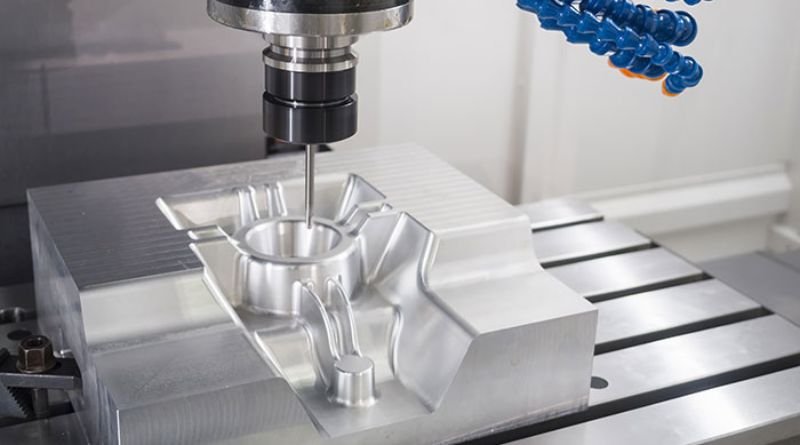The Ultimate Mold Manufacturing Guide

Before you start manufacturing, you need to understand how molds work. The end product depends on molds, and choosing the wrong mold can compromise the entire production process. The information below will go over the mold classification system, cost, lead time, and equipment used in mold manufacturing.
Equipment Used in Mold Manufacturing
Mold manufacturing requires a variety of equipment to create quality products. Some of these items are referred to as injection molding equipment. These machines heat raw plastic material and infuse it into the mold’s cavity. The raw material feeds into the hopper at one end, and the material flows forward through grooves into the barrel. The barrel contains a heating mechanism, either a ram injector or a reciprocating screw. The ram injector is hydraulically powered, while the reciprocating screw is a more common technique today.
A two-plate mold is the most common type of injection molding tool. This mold consists of two main parts, an injection mold, and an ejector mold. A clamping unit attaches these two plates. The two plates then open up, allowing the plastic product to exit the cavity.
Tips
When choosing a mold manufacturing company, you should pay close attention to detail. This is crucial for a successful, stress-free manufacturing process. Some mold design aspects should be considered early in product development, while others are more relevant once the mold tool has been ordered. This way, the project manager can keep the customer happy while avoiding any potential problems during manufacturing.
One of the most critical factors in selecting a mold manufacturing company is the company’s level of experience. A manufacturer with several years of experience will know their stuff and provide a quality product.
Costs
Costs of mold manufacturing vary, depending on the production volume. As production volume increases, per-part expenses decrease. However, overall costs increase, resulting in a higher final cost of production. The number of cavities on a mold can range from eight to twenty-four. This is an important consideration, as a more extensive mold will cost more. The precision required in molding the part will also increase the mold cost.
Lead Times
Lead times vary from manufacturer to manufacturer and depend on the complexity of the mold. A simple prototype mold with one cavity may take three to four weeks, but a mold with multiple cavities, multiple gates, and a high-surface finish could take a month or more. Lead times for more complex molds can be extended to six months or more depending on the complexity of the mold, the number of cavities, and the number of ejector pins.
Although quality is paramount, customers increasingly demand shorter lead times and lower pricing. The increasing complexity of molds requires a more complex supply chain and a higher level of technical support.
Mold Classification System
Manufacturers use the Mold Classification System to categorize molds according to their material and construction process. According to the classification system, there are five classes: Class 101, Class 102, Class 103, and Class 104. These categories encompass most molds in use today. Class 101 molds are considered durable and can last for over 1 million cycles.
The classification process starts by defining the materials used in the mold. For instance, molds made of cast steel are classified by type and Rockwell hardness. In addition, all molds should have appropriate channels to control temperature.







